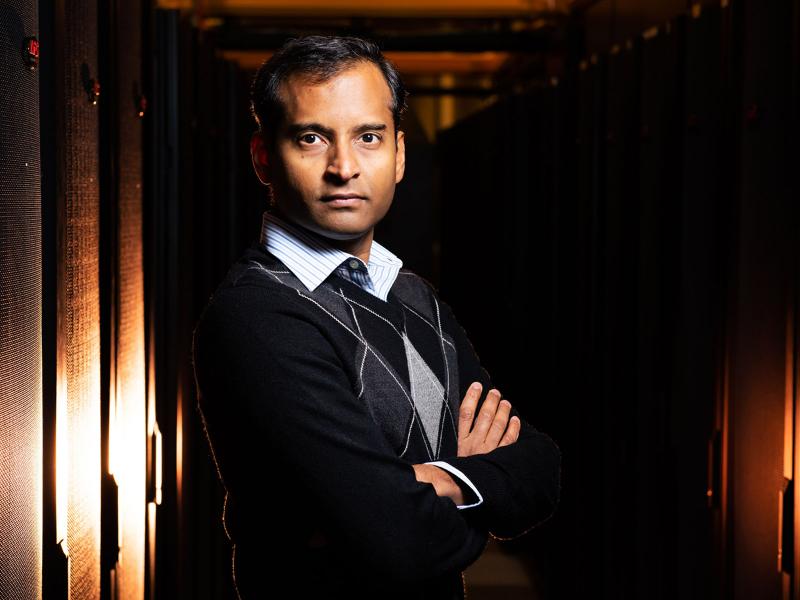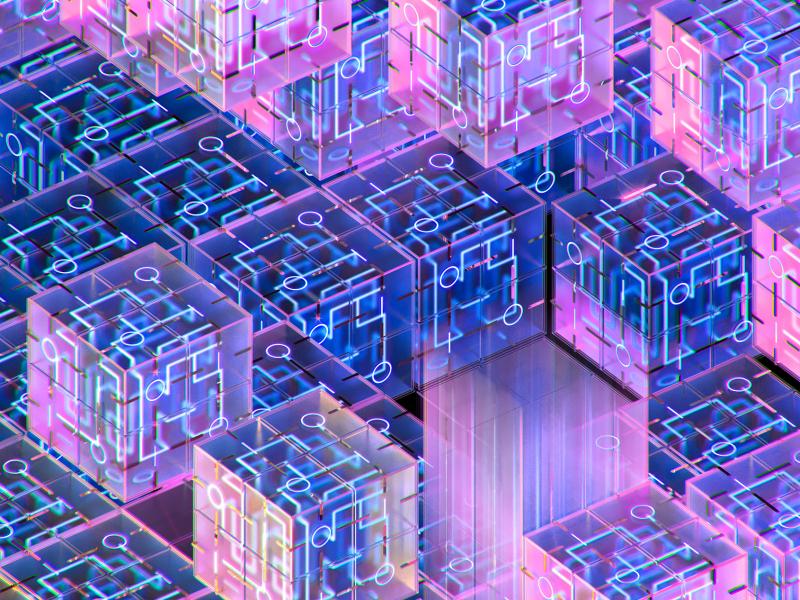PNNL, Microsoft Quantum partner to link quantum circuits to powerful government supercomputers
When reliable qubit-based calculating devices arrive on the computing scene, they will not stand alone. They will need to cooperate with current scientific computing resources to reach their fullest potential. Now, Pacific Northwest National Laboratory (PNNL) computer scientists and the Microsoft Quantum team have taken a major step in that direction. Working collaboratively, they connected a PNNL-developed quantum circuit density-matrix simulator (DM-SIM) running on a U.S. Department of Energy (DOE) supercomputer with the Microsoft Q# quantum programming ecosystem.
This “bridging” capability is a stepping-stone that allows computer program developers to create and test algorithms to run quantum computers, even when the quantum computers themselves are still prototypes.
PNNL computer scientist Sriram Krishnamoorthy presented the results of the first complete demonstration run at a Microsoft-sponsored event during the annual Supercomputing Conference (SC20).


